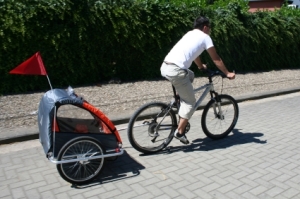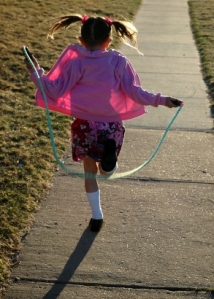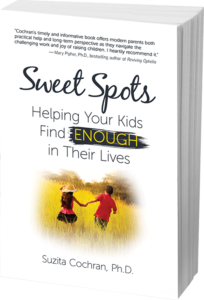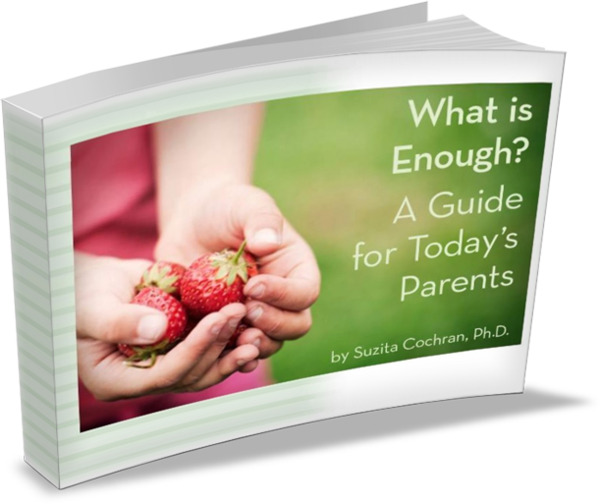Remember those superlative awards given out senior year of high school – Most Individual, Most Spirited? The other day while engaged in a rather mind-numbing task, I designated some of these to my family members – Most Likely to Break Out In Song, for example, my 7 year-old daughter, Annie. My sons’ took a bit longer to generate, but my husband’s descriptor was the clearest in my mind – Most Likely To Ride His Bike Somewhere Every Day.
Todd has biking in his blood. I’m not talking bike racing, don’t think of tight, bright clothing. It’s simply that whenever he has to travel somewhere during his day, he always considers riding his bike and, more often than not, does so. Because this is merely the way he does things, whenever I have an appointment or errand to run, Todd will ask, “Do you want me to help you set up your bike?” This, of course, is a nice way of asking, “Are you going to ride your bike there?” Living with gentle, regular reminders actually does lead me to ride my bike more often.
Last year the New York Times Magazine (Sept. 13, 2009) described research by Nicholas Christakis and James Fowler which suggests that the behavior of the people around you does indeed have this type of effect on you, be it positive or negative. Their research suggests that it is not only the people in your immediate family and friend network who affect your behavior by what they are doing (losing weight, quitting smoking), but in fact your friends’ friends can also impact you, through the person you have in common. We are social beings, have been for eons, and these researchers suggest there are various pulls on us of which we are hardly aware. Their book, Connected: The Surprising Power of Our Social Networks and How They Shape Our Lives, further describes their this fascinating research.
I found this to be a simultaneously overwhelming and empowering idea. On the one hand, what will I do if my whole social network begins to smoke? Then again, what about the beneficial effects we might have on people we don’t even know with the positive changes we are attempting to make?
Because I live with a bike-riding husband and three active kids, we tend to ride our bikes around town a great deal to do errands. Twelve years ago my sister gave me what I consider to be the best baby shower gift ever – a bike trailer for a child. All three of our kids rode in it from around age one to age four, and when the last one hit five, we almost Craig’s Listed it. Luckily Todd realized it could still have some use, and soon after, the trailer became our grocery hauling device.
When my older son Stephen turned 10, we started attaching the trailer to his black dirt bike on grocery errands. Our ulterior motive was to give him more of a workout and slow him down some on our rides. But once we saw how proud he was to be helping out in this way, we no longer needed the other excuses.
Although Stephen was completely psyched to be pulling the bright orange and yellow bike trailer, I noticed some funny looks from other people as our family of five rode by. Finally, after someone actually made a comment, I realized some people thought Stephen was pulling a baby in there! I shouldn’t care what they think, right? And yet, if I may be influencing all these strangers who are but one or two people removed from my social network, I don’t want to put them off. I’m now thinking of attaching a sign to the trailer stating, “Only Groceries”.




 Sweet Spots: Helping Your Kids Find ENOUGH in Their Lives.
Sweet Spots: Helping Your Kids Find ENOUGH in Their Lives.

